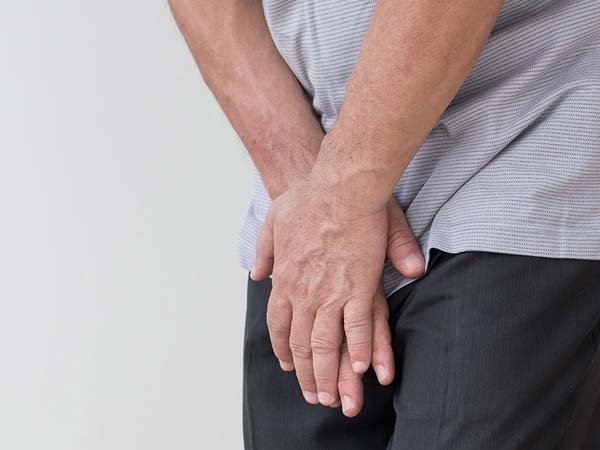Urinary incontinence is a condition where an individual has involuntary urine leakage. This can be a very embarrassing and uncomfortable problem, and it can significantly affect a person’s quality of life. There are different types of urinary incontinence, and each has its unique causes and symptoms.
Types of Urinary Incontinence:
- Stress incontinence: This type of incontinence is caused by pressure or stress on the bladder, such as during sneezing, coughing, laughing, or physical activities like running or jumping. It is more common in women and is often caused by weakened pelvic muscles or damage to the urinary sphincter.
- Urge incontinence: This type of incontinence is characterized by a sudden, intense urge to urinate, followed by involuntary urine leakage. It is often caused by an overactive bladder, which can be a result of nerve damage or muscle problems.
- Overflow incontinence: This type of incontinence occurs when the bladder doesn’t empty completely, causing urine to leak out unexpectedly. It is often caused by an obstruction or blockage in the urinary tract, such as an enlarged prostate in men or a pelvic organ prolapse in women.
- Functional incontinence: This type of incontinence is caused by physical or mental limitations that prevent a person from getting to the bathroom in time. It is often seen in elderly or disabled individuals who may have difficulty moving quickly or using the toilet independently.
Causes of Urinary Incontinence:
There are several factors that can contribute to the development of urinary incontinence, including:
- Weak pelvic muscles due to pregnancy, childbirth, or ageing.
- Hormonal changes during menopause.
- Certain medications can cause bladder irritation or relaxation of the bladder muscles.
- Medical conditions that affect the nervous system, such as Parkinson’s disease or multiple sclerosis.
- Obesity or a sedentary lifestyle.
- Certain types of surgery, such as prostate surgery or hysterectomy.
Treatment of Urinary Incontinence:
The treatment of urinary incontinence depends on the type and severity of the condition. Some treatment options may include:
- Pelvic floor exercises: Also known as Kegel exercises, these exercises help to strengthen the muscles that support the bladder and urethra.
- Medications: There are several medications that can be used to treat urinary incontinence, such as anticholinergics or beta-3 agonists.
- Bladder training: This involves scheduling regular bathroom breaks and gradually increasing the time between trips to the bathroom to help improve bladder control.
- Minimally invasive procedures: Some procedures, such as the injection of bulking agents or placement of a sling, can help to improve bladder control.
- Surgery: In some cases, surgery may be necessary to correct an underlying condition that is causing urinary incontinence, such as a prolapsed bladder or prostate enlargement.
Conclusion
Urinary incontinence is a common condition that can significantly impact a person’s quality of life. It is important to seek medical attention if you are experiencing any symptoms of urinary incontinence, as there are several treatment options available that can help improve bladder control and reduce the frequency of urine leakage. With proper treatment and management, many people with urinary incontinence can improve their symptoms and regain their quality of life.











